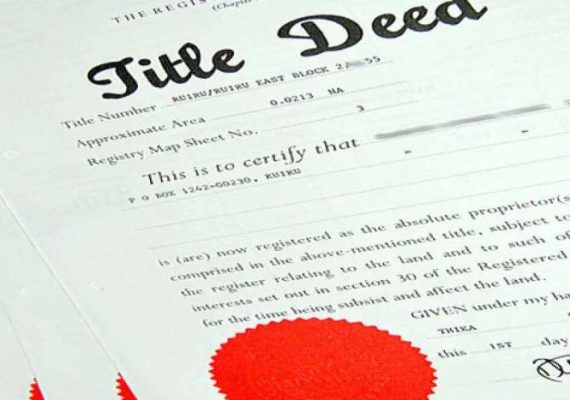What Is A Spirit Level? What Is A Spirit Level Used For?
What Is A Spirit Level?
A spirit level, also known as a bubble level or simply a level, is a tool that shows if a surface is level (horizontal) or plumb (vertical).
It is used by various tradespeople, such as carpenters, bricklayers, and metalworkers, and for photography/videography.
The traditional spirit level has a slightly curved glass vial filled with colored liquid (usually alcohol) and a bubble.
The curved vial keeps the bubble in the center when level and moves when the surface is not. For use in all positions, a barrel-shaped vial without curves can be used.
Alcohol is preferred over water as it has lower viscosity and surface tension, and won’t crack the vial from freezing. Fluorescein is added to enhance the visibility of the bubble.
What Is A Spirit Level Used For?
A Spirit Level is a tool used to check if a surface is level (parallel to earth) or plumb (perpendicular to earth).
It is named after the mineral spirit solution in its vials, which are usually yellowish-green with UV protection and can perform well in temperatures from -20°F to 130°F.
An ideal spirit level should have an accuracy of ±0.5mm/m or ±0.005″/in, or ±0.029°. Less accurate ones have an accuracy of ±0.75mm/m or ±0.043°.
The vial bodies, also known as bubble levels, can be barrel-shaped, rectangular, or even curved (banana-shaped) for measuring slope in fractions per foot, and are usually made of acrylic instead of glass.
What Liquid Is Used In A Spirit Level?
Vials, which provide a level reading through fluid-filled containers, typically contain oil or alcohol for a freely moving air bubble.
Despite similar appearances, vial design and mounting vary among brands, affecting accuracy and precision.
How To Use A Spirit Level?
How to Use a Spirit Level:
- Clean level edges of any dirt or buildup.
- Mark a line on wall along bottom edge.
- Place level on marked line with bottom edge as top. Check if bubble is centered (indicates level is accurate).
- Place level on surface to be checked for true horizontal. Ensure spirit tube runs parallel to surface. Observe bubble position in tube.
- View spirit tube at eye level with one eye closed for accuracy.
- Note bubble position in tube. Centered bubble means object is level. Right or left of lines indicates slope.
- Repeat vertically to find true vertical (plumb).
What The Types Of Spirit Levels?
There are many different types of spirit levels for tradesmen and contractors to choose from, including I-beam, box beam, and torpedo levels.
Other options include line levels, cross check levels, circular levels, pocket levels, and post levels.
Additionally, spirit levels may have features like magnetism, vial type, and durability, which can impact their usefulness for different jobs.
Some spirit levels are magnetic, which is useful for those working with metal or around pipes.
The strength of the magnet versus the level’s weight is an important factor to consider, with rare earth magnets being the strongest.
Some spirit levels also have replaceable vials or protective covers to increase durability, while others have hand grips for added comfort.
How To Read A Spirit Level?
Steps to Use a Spirit Level:
- Identify the bottom edge that sits on the surface to be leveled.
- Check if the level has a magnetic edge for metal surface use.
- Look for grip points to hold the level without blocking the vials.
- Some levels have a hanging hole for storage above your work area.
- The center tube vial shows horizontal level.
- The end tube vials show vertical level.
- Some torpedo levels have angled vials for 45° leveling.

